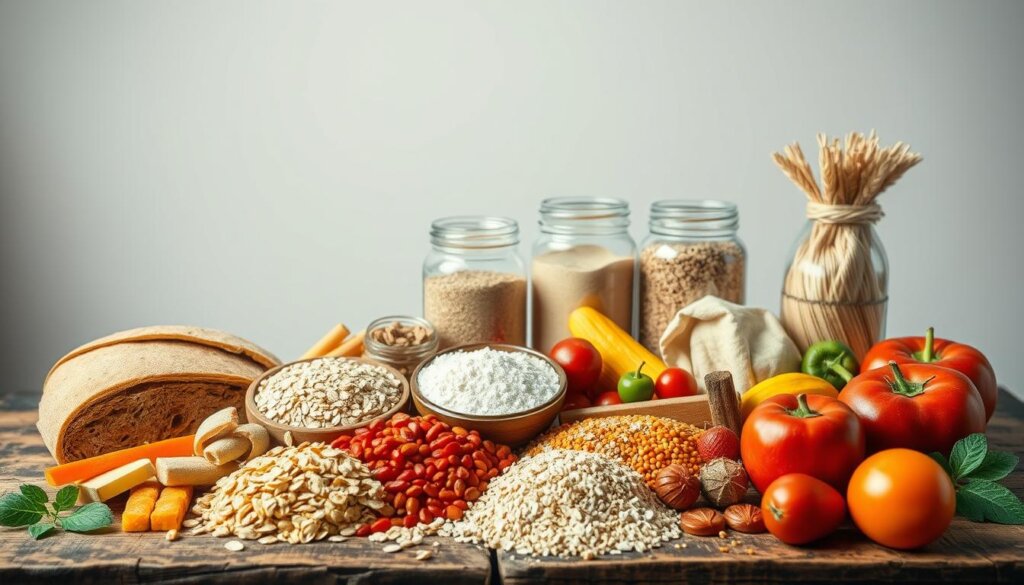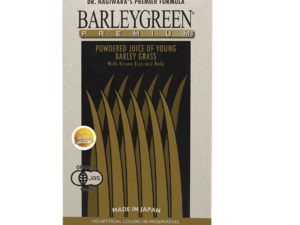Did you know 95% of Americans fail to meet daily fiber needs? Data from the CDC reveals most consume just 14 grams daily—far below the recommended 25-28 grams. This gap isn’t just a minor oversight. Insufficient fiber intake can trigger digestive discomfort, energy slumps, and long-term health risks many people overlook.
Recognizing the subtle signals of low fiber is crucial. Common signs include irregular bowel movements, persistent hunger after meals, or frequent bloating. While occasional constipation might seem harmless, chronic issues often trace back to dietary imbalances that worsen over time.
Boosting fiber doesn’t require drastic changes. Simple swaps like choosing whole grains or adding legumes to meals can make a difference. The key lies in understanding which symptoms to watch for and how to address them through smart food choices.
Key Takeaways
- 95% of Americans don’t meet daily fiber recommendations
- Average intake (14g) falls short of the ideal 25-28g range
- Digestive issues often signal inadequate fiber consumption
- Persistent hunger and energy crashes may indicate deficiency
- Gradual dietary adjustments yield significant improvements
This guide explores practical strategies to identify and correct fiber shortfalls. By learning to interpret your body’s cues, you can create sustainable eating habits that support overall wellness.
Understanding Fiber and Its Impact on Digestive Health


Click to LEARN MORE
Your morning oatmeal does more than fill your stomach – it delivers a powerful combination of soluble and insoluble fibers that shape your digestive health. Dietary fiber acts like nature’s traffic controller, managing how your body processes nutrients while keeping waste moving smoothly.
What is Dietary Fiber and Why It Matters?
Found exclusively in plant-based foods, fiber resists digestion as it travels through your system. This unique quality allows it to regulate blood sugar spikes and help maintain healthy cholesterol levels. The FDA recommends 28 grams fiber per day – equivalent to eating 7 apples or 4 cups of brown rice daily.
The Role of Soluble and Insoluble Fiber in Your Body
These two types of fiber work like a wellness tag team:
| Type | Function | Food Sources |
|---|---|---|
| Soluble Fiber | Forms gel to slow digestion Lowers cholesterol Balances blood sugar | Oats, apples, lentils |
| Insoluble Fiber | Adds bulk to stool Prevents constipation Feeds gut bacteria | Whole grains, carrots, almonds |
Soluble fiber dissolves in water, creating a thick gel that traps excess sugars and fats. Insoluble fiber stays intact, scrubbing your digestive tract like a natural brush. Together, they help prevent heart disease and support a thriving gut microbiome.
Balancing both types through foods like berries, beans, and brown rice ensures your body gets complete digestive support. A high fiber diet isn’t about drastic changes – it’s choosing nutrient-packed plants that work while you eat.
How do I know if I'm lacking fiber?

Your body sends clear distress signals when struggling with fiber deficiency. These red flags often appear gradually, making them easy to dismiss as temporary discomfort. Recognizing them early helps prevent minor issues from becoming chronic health challenges.
Common Symptoms of Fiber Deficiency
Persistent constipation tops the list of warning signs. Without enough bulk from insoluble fiber, waste moves sluggishly through the digestive system. Many people also experience post-meal hunger pangs despite eating adequate portions.
Blood sugar fluctuations create another telltale pattern. Energy crashes or sudden cravings for sweets often trace back to sugar imbalances that soluble fiber helps regulate. Elevated cholesterol levels might surprise those eating “heart-healthy” diets but skimping on oats and legumes.
Less obvious indicators include:
- Unexplained fatigue lasting hours after meals
- Increased inflammation markers in blood tests
- Skin irritations linked to gut health issues
Long-Term Health Risks from a Low Fiber Diet
Chronic fiber deficiency rewires the body’s metabolic processes. Research shows a 23% higher risk of colorectal cancer in adults consuming less than 15g daily. The British Medical Journal links insufficient fiber intake to 40% increased cardiovascular mortality.
“Populations consuming 35g+ of daily fiber show 31% lower rates of diabetes and stroke compared to low-fiber groups.”
Over years, inadequate fiber intake allows harmful bacteria to dominate gut flora. This imbalance contributes to obesity and weakens immune responses. The Burkitt’s Hypothesis explains how modern diseases correlate with reduced plant food consumption since the 1970s.
Addressing these warning signs through dietary changes helps reset the body’s natural rhythms. Small, consistent adjustments often yield dramatic improvements in energy and long-term wellness.
Effective Solutions to Boost Your Fiber Intake
Building a fiber-rich lifestyle starts with smart plate planning. Simple swaps and mindful eating habits can transform your daily nutrition without drastic changes. Let’s explore practical strategies to meet your body’s fiber needs while enjoying delicious meals.
Fiber-Rich Foods and Meal Planning
Load your grocery cart with colorful produce and hearty grains. Berries, broccoli, and citrus fruits offer 3-5 grams of fiber per serving. For powerful plant-based options, try lentils or black beans—they pack 7+ grams in half a cup. Explore more fiber-packed options in our comprehensive guide to fiber sources.

Click to LEARN MORE
Whole grains like quinoa and brown rice make excellent bases for meals. Pair them with roasted Brussels sprouts or cauliflower for double the fiber boost. Always check food labels—aim for products containing at least 3 grams per serving.
Lifestyle Tips for Consistent Fiber Goals
Start by adding one fiber-packed food daily—like chia seeds in smoothies or roasted chickpeas as snacks. Gradually increase portions to let your digestive system adjust. Drink 6-8 glasses of water daily to help fibers move smoothly through your body.
Keep hunger at bay with high-fiber snacks between meals. A handful of almonds or apple slices with peanut butter provides lasting energy. These small changes help maintain stable blood sugar levels and prevent energy crashes.
Personalized Nutrition Support Available
Need tailored advice? The Wellness Group’s nutrition experts create custom meal plans balancing soluble and insoluble fibers. Message them via WhatsApp at +60123822655 during business hours (Mon-Fri 9:30am-6:30pm, Sat-Sun 10am-5pm).
Their team helps address specific concerns like cholesterol management or digestive health through smart dietary choices. Whether you’re planning meals or decoding food labels, professional guidance simplifies your fiber-boosting journey.
FAQ
What happens when someone doesn’t consume enough fiber?
Low fiber intake often leads to irregular bowel movements, bloating, or persistent hunger. Over time, it may contribute to elevated cholesterol, blood sugar fluctuations, and increased risk of heart disease. Prioritizing whole grains, beans, and vegetables helps counteract these issues.
How can soluble and insoluble fibers improve health?
Soluble fiber, found in oats and apples, helps stabilize blood sugar and lower cholesterol. Insoluble fiber, present in whole wheat and broccoli, supports digestive regularity. Both types work together to maintain a balanced diet and reduce long-term health risks.
What are easy ways to add more fiber to meals?
Swapping refined grains for quinoa or brown rice boosts intake instantly. Snacking on nuts, adding lentils to soups, or blending chia seeds into smoothies are simple strategies. Aiming for 25–30 grams daily through diverse foods ensures steady energy and better digestion.
Can a low-fiber diet increase cancer risk?
Studies suggest that insufficient dietary fiber may elevate colorectal cancer risk. Fiber aids in removing waste efficiently, reducing toxin exposure in the digestive system. Including legumes, berries, and leafy greens strengthens gut health and protective benefits.
How does Wellness Group assist with personalized nutrition plans?
Wellness Group offers tailored advice through WhatsApp (+60123822655) during business hours. Their experts analyze individual needs, create meal plans rich in nutrients, and provide lifestyle tips to sustainably meet fiber goals without drastic changes.






